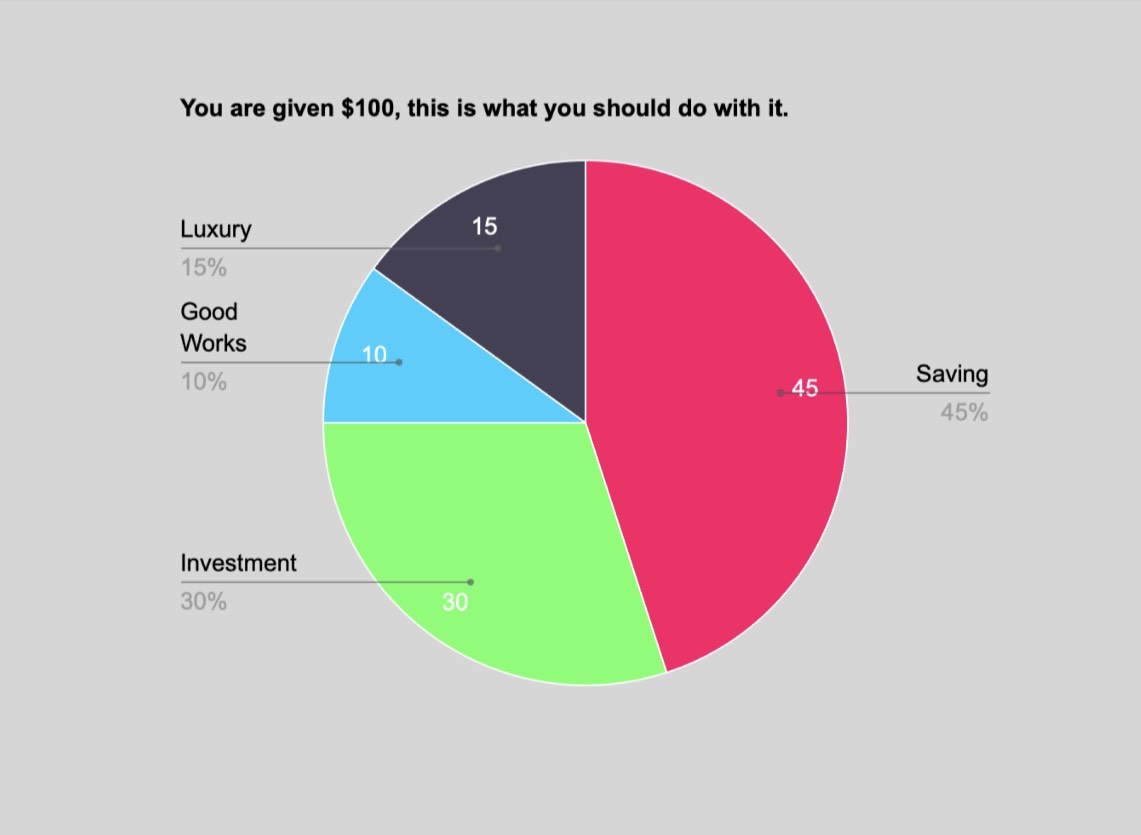Iron, the most widely known metal of the periodic table. Found in group 8 and period 4 on the transition metal section of the periodic table, iron is known mostly for its toughness and usefulness in construction. In fact, probably all of our houses have been built from iron in some way or another. However, did you know that iron is also important in building your body?
Iron is most commonly found in red blood cells called hemoglobin and muscle cells called myoglobin. Hemoglobin transports oxygen from your lungs to the tissues while myoglobin stores, transports and releases oxygen. Iron also forms parts of proteins which are required for respiration and metabolism. It also strengthens the immune system and can be stored as ferritin in the blood. The average male has about 1000 mg of stored iron in his blood, while due to menstruation and breastfeeding, the average female has only 300 mg. The lack of iron in the human body can lead to an iron deficiency known as anemia, which causes headaches, lack of energy, irritability, weight loss and other symptoms. People at risk of suffering from iron deficiency are menstruating and pregnant women, blood donors, long distance runners and people with gastrointestinal conditions. These people need to consume iron in above average quantities to replenish the iron they lose everyday. Nevertheless, the over-consumption of iron can be just as bad as its deficiency. Iron poisoning can cause fatigue, anorexia, nausea, vomiting and other symptoms.

Iron cannot be produced within the human body, so it must be absorbed through the foods that we eat. Iron can be found in dried fruits (prunes, raisins), legumes (lima beans, soybeans), seeds (almonds), vegetables (broccoli, spinach), and whole grains (wheat, brown rice). Iron requirements vary based on age, gender and physical condition, though on average a healthy adult human needs only about 1 – 1.5 milligrams of iron everyday. Women, on average, require more iron than men in their diet. Toddlers older than 6 months also require copious amounts of iron to help in their development.
Iron has many uses in daily life, but perhaps its greatest function is the one that it performs in our bodies. Although we may not realize it, we are built on iron just as much as the tall skyscrapers that we see in New York. Knowing this probably won’t affect your day-to-day routine, but it’s still a valuable lesson to keep in mind. So remember, broccoli is good for you, even though you might not like it!
Reference
“How Much Iron Is in the Body.” Iron Disorders Institute. Iron Disorders Institute, 2016. Web. 07 Jan. 2017.
“Role of Iron in the Body.” Role of Iron in the Body. Spatone, 2016. Web. 07 Jan. 2017.
Wax, Emily, RD. “Iron in Diet.” MedlinePlus Medical Encyclopedia. American Accreditation HealthCare Commission, 2016. Web. 07 Jan. 2017.


